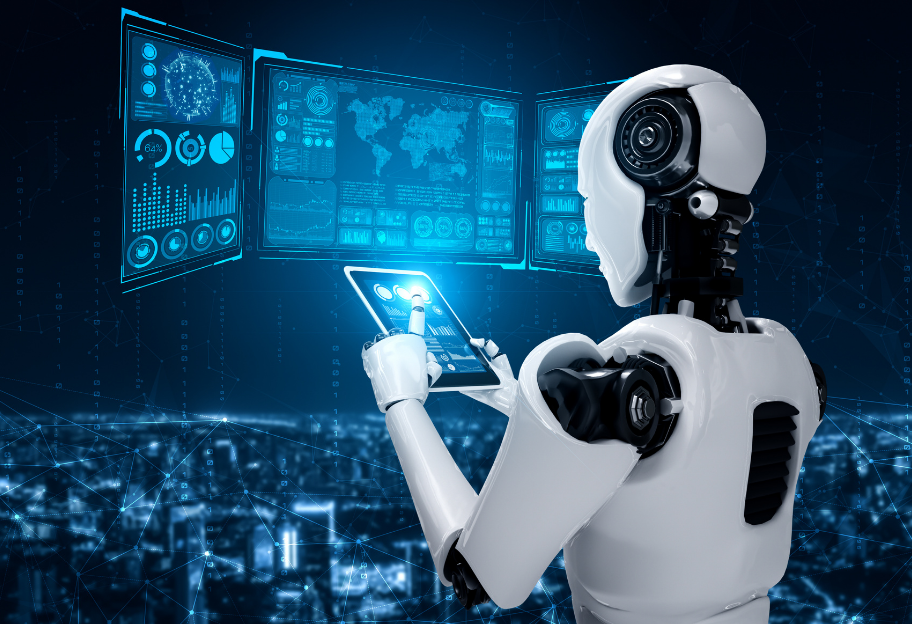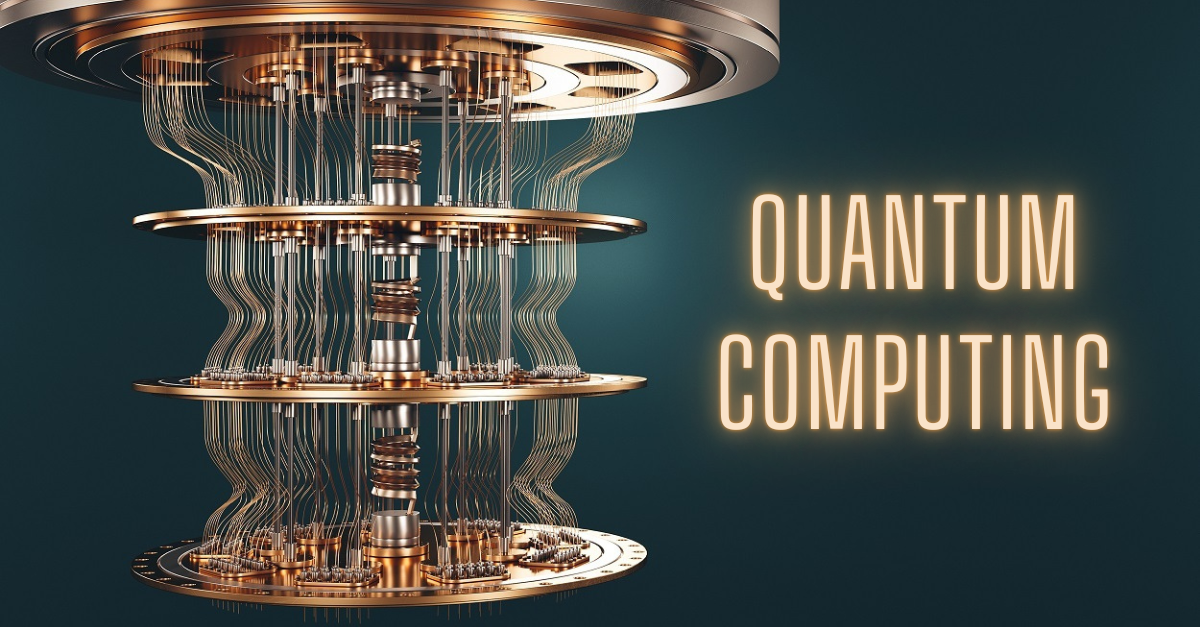The Internet of Things (IoT) is a revolutionary technology that has transformed the way we interact with the world around us. At its core, IoT is a network of interconnected devices, machines, and systems that communicate and share data with each other over the internet. This technology has permeated various aspects of our daily lives, from smart homes and cities to industrial processes and healthcare. In this 1200-word exploration, we will delve into the key components, applications, challenges, and future prospects of IoT.
Key Components of IoT:
- Devices and Sensors: At the heart of IoT are the devices and sensors that collect and generate data. These can range from simple temperature sensors to complex smart devices like fitness trackers, smart thermostats, and industrial sensors. These devices play a crucial role in gathering information from the physical world.
- Connectivity: IoT relies heavily on connectivity to facilitate communication between devices. Various communication protocols, including Wi-Fi, Bluetooth, Zigbee, and cellular networks, enable seamless data transfer between devices. The choice of connectivity depends on factors such as range, power consumption, and data transfer speed.
- Data Processing: The vast amount of data generated by IoT devices needs to be processed efficiently. Edge computing and cloud computing are key components in this regard. Edge computing involves processing data closer to the source, reducing latency, while cloud computing allows for storage, analysis, and retrieval of large datasets.
- Security: Security is a paramount concern in IoT due to the interconnected nature of devices. Encryption, secure communication protocols, and robust authentication mechanisms are critical to safeguarding data and preventing unauthorized access.
Applications of IoT:
- Smart Homes: IoT has revolutionized home automation, enabling the creation of smart homes. Devices such as smart thermostats, lighting systems, and security cameras can be controlled remotely through smartphones, providing homeowners with increased convenience and energy efficiency.
- Healthcare: In healthcare, IoT plays a pivotal role in the development of wearable devices and remote patient monitoring systems. These technologies allow for real-time health tracking, early detection of medical conditions, and more personalized patient care.
- Industrial IoT (IIoT): IIoT enhances industrial processes by incorporating sensors and connectivity into manufacturing equipment and machinery. This leads to improved efficiency, predictive maintenance, and better decision-making through data analytics.
- Smart Cities: IoT contributes to the development of smart cities by optimizing infrastructure and services. Connected traffic lights, waste management systems, and energy grids help in creating sustainable urban environments with enhanced quality of life.
- Agriculture: Precision agriculture leverages IoT to monitor and manage crops more effectively. Sensors collect data on soil moisture, temperature, and crop health, enabling farmers to make informed decisions about irrigation, fertilization, and pest control.
Challenges in IoT Implementation:
- Security Concerns: With the increasing number of connected devices, the potential for security breaches grows. Vulnerabilities in IoT devices can be exploited to gain unauthorized access, leading to data breaches or malicious activities. Ensuring robust security measures is an ongoing challenge.
- Interoperability: The lack of standardized protocols and communication standards poses challenges for interoperability among different IoT devices. Achieving seamless integration and communication between devices from different manufacturers remains a hurdle.
- Privacy Issues: The vast amount of data generated by IoT devices raises concerns about user privacy. Striking a balance between collecting valuable data for improving services and respecting individual privacy rights is a complex challenge.
- Scalability: As IoT ecosystems expand, scalability becomes a significant concern. Ensuring that systems can handle the increasing volume of connected devices and data without compromising performance is an ongoing challenge.
Future Prospects of IoT:
- 5G Integration: The deployment of 5G networks is set to revolutionize IoT by providing faster and more reliable connectivity. This will enable real-time communication and unlock new possibilities in areas such as autonomous vehicles, augmented reality, and immersive experiences.
- Artificial Intelligence (AI) Integration: AI and machine learning are becoming increasingly intertwined with IoT. AI algorithms can analyze the vast amounts of data generated by IoT devices, providing valuable insights, predicting trends, and enabling more intelligent decision-making.
- Blockchain for Security: Blockchain technology holds promise in addressing security concerns in IoT. Its decentralized and tamper-resistant nature can enhance the integrity and trustworthiness of data exchanged between IoT devices.
- Edge Computing Advancements: Continued advancements in edge computing will enable more processing power at the device level, reducing latency and dependence on centralized cloud resources. This will lead to faster decision-making and improved efficiency in IoT applications.
In conclusion, the Internet of Things has evolved into a transformative force with far-reaching implications across various industries. Its key components, diverse applications, and associated challenges highlight the complexity and potential of this technology. As IoT continues to advance, addressing security and interoperability challenges, integrating with emerging technologies, and ensuring ethical and privacy considerations will be crucial for its sustained growth and positive impact on society.
FaQ
- The internet of things technology
- what is internet of things technology
- internet of things technology market
- cybersecurity and the internet of things technology
- internet of things technology stack
- internet of things technology companies
- internet of things technology examples
- which of the following is an example of an internet of things technology
- internet of things technology trends
- industrial internet of things technology




Leave a Reply